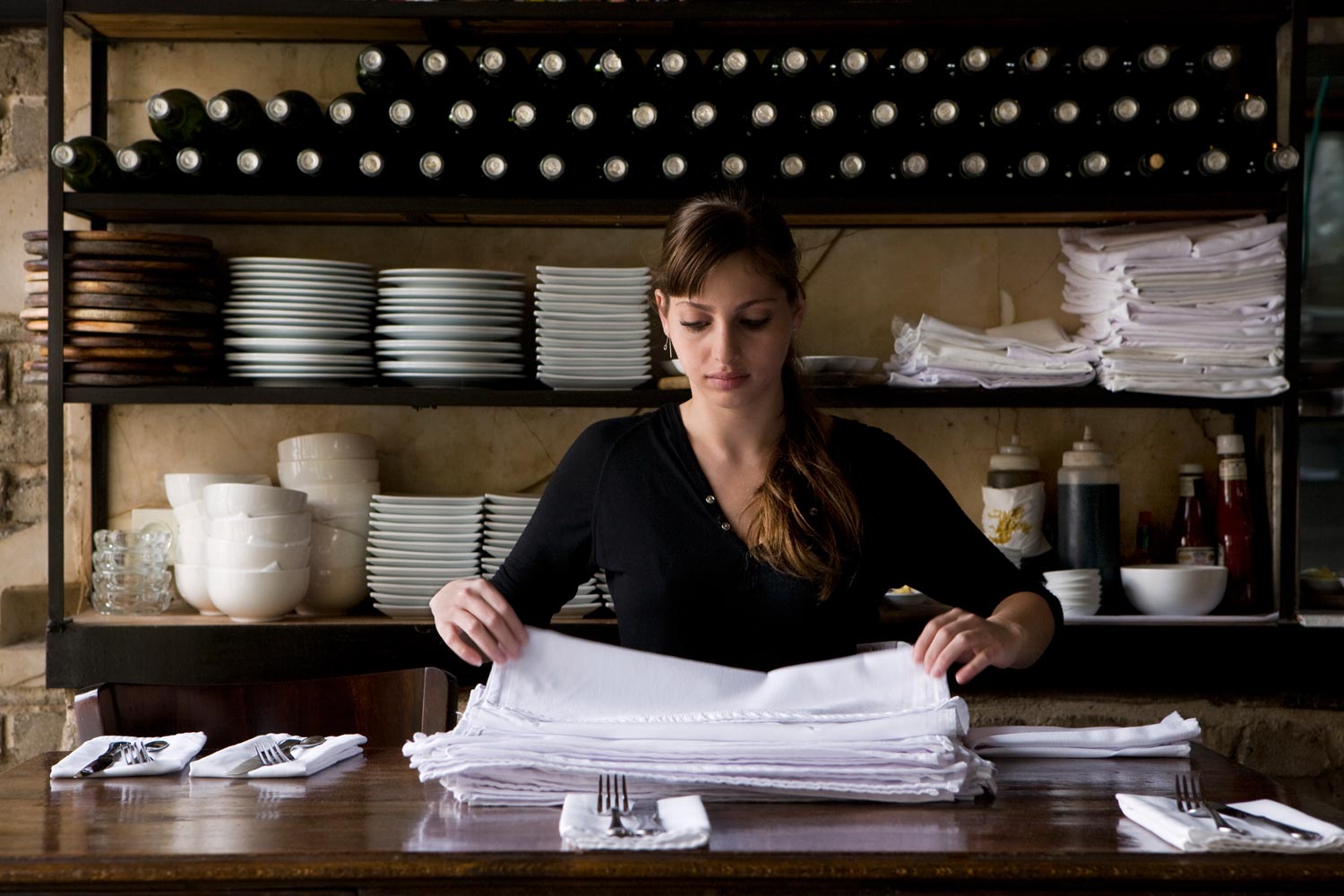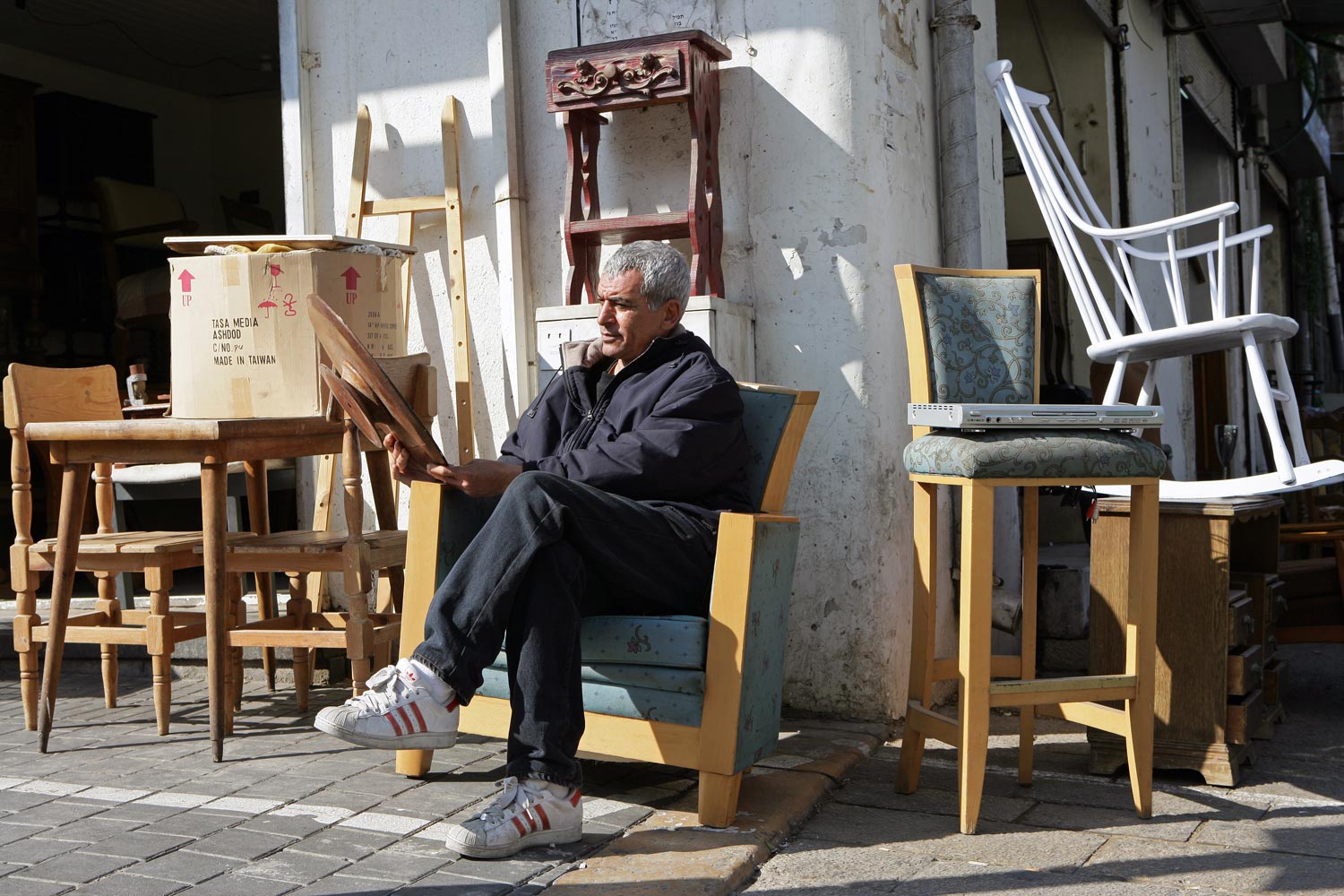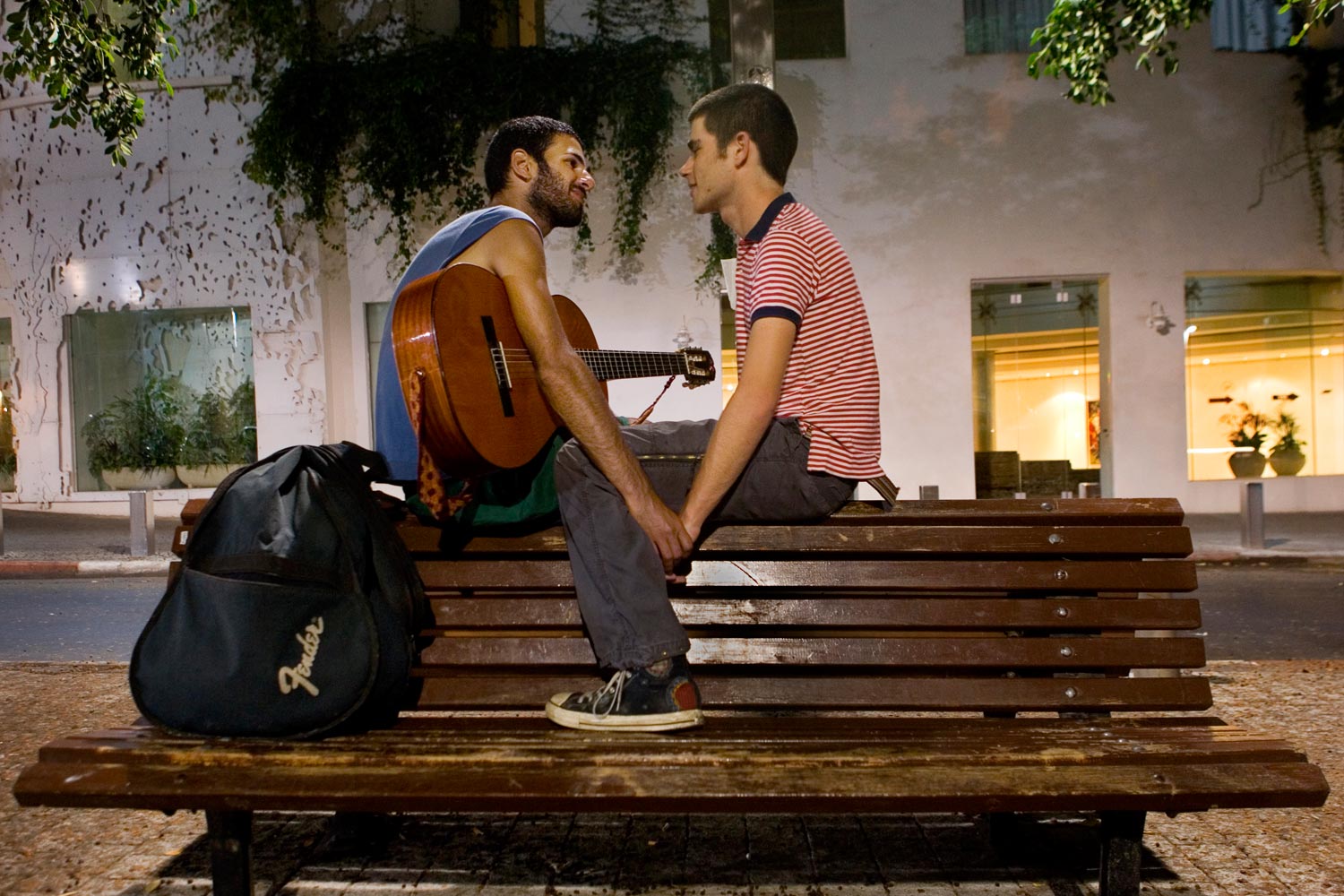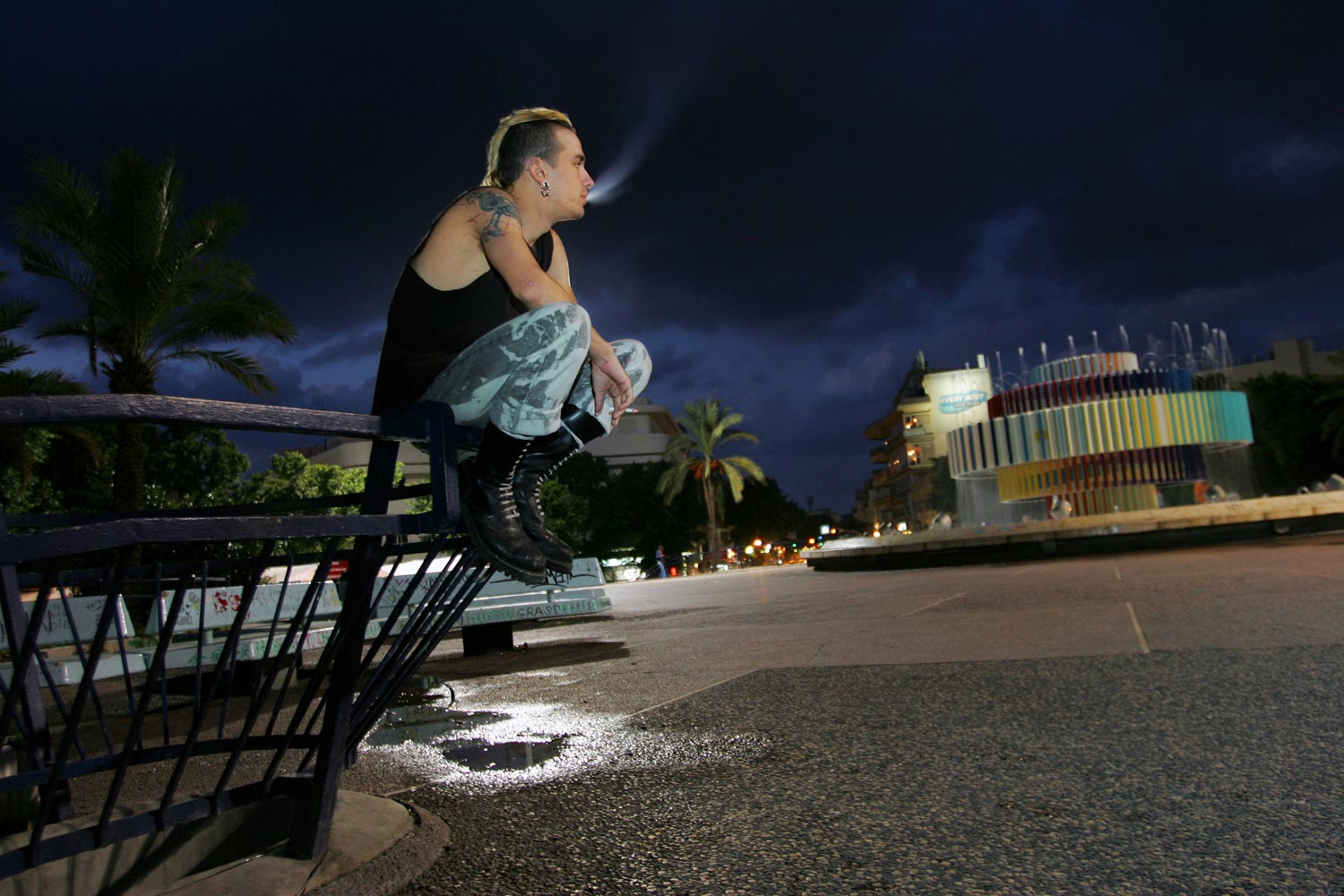The Tel Avivians
The city of Tel Aviv celebrated its one hundred anniversary in 2009. This point in time created a specific moment between the past, a round encapsulated time unit, and a present full of questions and expectations, and presented a unique opportunity of examining the city which sees itself as being the most liberal and cosmo-political place in Israel. What is the connection between contemporary Tel Aviv and the raffle of plots using shells on the beach in 1909? What is the Israeli figure that Tel Aviv simultaneously creates and represents?
The slogan “The city that never sleeps” was created by an advertising company, yet it refers to the weave of various figures that creates a unique, fascinating and dynamic reality, that changes dramatically between the different parts of the city along the day. A micro-cosmos often referred to as representing the Israeli society, yet sometimes as a bubble which has hardly anything in common with the reality in Israel.
The Tel Avivians project presents the city’s experience and heterogeneous nature – a result of an enthralled observation of its human mosaic. A series of intimate portraits of daily figures that together form a colorful and personal space, trying to present a profile of the chaos with an intention of reflecting the Tel Avivan organism.
The unstaged straight and direct portraits are photographed with a sense of intimacy, creating a personal visual space around the subject. All personal worlds turn equal in face of the revealing camera. The unification of the viewers’ distance from the photographed people allows comparison and creation of a dialogue between the various figures, at times an echo of reality, at others but an expectation for the fulfillment of the impossible. It is an exploration of individuals in their private places which are part of a collective space, their positions and actions which are aware of the camera’s presence yet are left natural and unstaged expect for their own performance of life’s stage.
Are the unfortunate people confronting the hardships of life the city’s sub-conscious? What is its conscious? What is to be considered as the norm? A student working as a waitress or a punk smoking in Dizengof square? A manager of a coffee place or fishermen in Jaffa port? ‘The Tel Avivians’ examines changes in present tense – A refugee in a shelter and people spinning at midnight on the roof of Azrieli Towers.


















